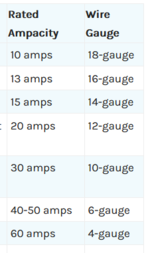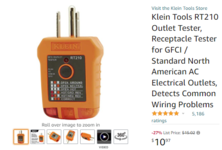C5tor
Chief Comedic Instigator
- Likes
- 1,739
- Location
- SF Bay Area, CA
I put together a couple videos on how to build an adapter so that you can plug your Alta Rapid Charger into a standard 110v/120v US receptacle.
These are obviously pretty simple tasks if you have done them before. But for folks new to the Alta Redshift or ones that are considering buying one, it probably makes more sense to show you the steps than to try and explain them. Hope they help!
The first video shows how to build the adapter.
The second video simply shows how to connect the charger to the bike, and the steps to get it to charge.
These are obviously pretty simple tasks if you have done them before. But for folks new to the Alta Redshift or ones that are considering buying one, it probably makes more sense to show you the steps than to try and explain them. Hope they help!
The first video shows how to build the adapter.
The second video simply shows how to connect the charger to the bike, and the steps to get it to charge.



